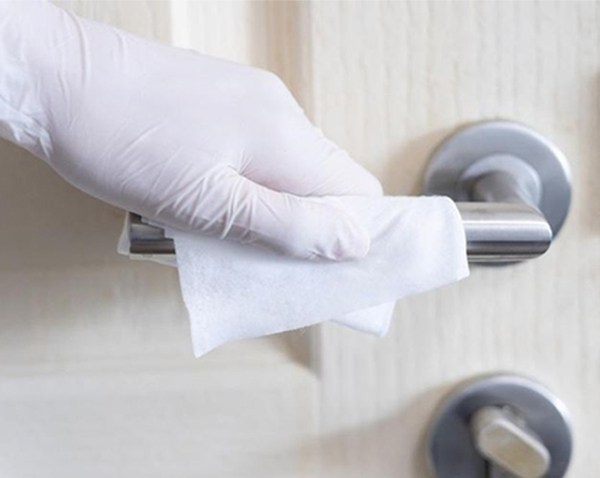How To Properly Disinfect + Clean Your Salon Before Reopening
Instagram via @barbicideblue
How To Prepare Your Salon For Reopening—Download The Checklist! Salon and suite owners, we know you’re ready to get back to business (doing what you love most!), but there is some important preparation that need to happen first. The reality is, when we get back into the salon, the virus will still be here. That’s why it’s essential that we get prepared ASAP and act diligently to make our salons as safe as possible BEFORE we reopen our doors—but, where to start? BTC is working closely with Leslie Roste, BSN, RN— Barbicide® National Director of Industry Relations...





 or
or






